Krasnohorska cave – the most adventurous cave in Slovakia
Did you know that:
There’s 5,000 to 7,000 caves in Slovakia?
ONLY 18 Slovak caves are open to visitors?
44 Slovak caves are National Natural Monuments in Slovakia?
6 Slovak caves were proclaimed as UNESCO World Heritage Sites?
It is said that Slovakia is the European country with the most caves per inhabitant.
One of the Slovak caves that is open to public is the Krasnohorska cave, called Krasnohorska jaskyna in Slovak. In my opinion it is the most adventurous cave in my home country because you need to climb ladders, walk on wooden footbridges and on rope traverses above cold water and even make your way through narrow holes between the dolomites and limestones.
Krasnohorska cave location
Krasnohorska cave is located in South Eastern Slovakia:
- in Kosice region
- approx. 70 km West from Kosice city
- not far from Roznava town
- in Northern part of the National park of Slovak Karst mountains (called Slovensky kras in Slovak)
- the entrance to the cave is just outside of the village Krasnohorska Dlha Luka
How to get to Krasnohorska cave
If you are visiting from outside of Slovakia, you can get on a flight to Kosice. Then take a bus from Kosice bus station to Roznava bus station, and there change to another bus going to the village Krasnohorska Dlha Luka. The buses from Kosice would take you 2 to 2.5 hours.
However, the best and the quickest option would be by car. The road trip would be of approx. 1 hour. Just drive to Krasnohorska Dlha Luka and look for beautiful guesthouse Penzion Jozefina on the left side of the road. The cave guides will meet you at the Penzion.
There, the guide will give you all the necessary gear which you’ll need to carry to the cave entrance. You’ll walk for 800 metres from the Penzion through the forest to the cave entrance located next to the water spring. You will put on the overall clothing and helmets by the cave entrance, and only then enter the cave through a 80 m long artificial tunnel made by miners in 1982. The cave entrance is located at 316 m a.s.l.
You can enter the cave only with a speleologist/cave guide
The Krasnohorska cave is one of the most unique caves in Slovakia.
7 facts to know about Krasnohorska cave
- The Krasnohorska cave was first entered by a group of cavers from Roznava in July 1964.
- The cave was proclaimed a UNESCO World Heritage Site in 1995.
- The cave was first open to public in 2004.
- The cave is 1,556 m long but only 450 m is open to visitors.
- The original name of the cave was Buzgó and was renamed to Krasnohorska cave also because of the nearby Krasna Horka castle.
- The relative humidity in the cave is 98%.
- The air temperature in the cave is 9 Celsius degrees, similarly to the Buzgo water running through the cave.
3 unique things in Krasnohorska cave
1. The cave has areas looking differently, as if it was more caves connected into one. The first part of the cave is predominantly made of dolimites, the later part of calcite/limestone. While exploring the Krasnohorska cave, you will walk through the 180 m long Great Canyon made of dolomites, then through the big open space of the Abonyi Dome and finish in the most famous part of the cave named the Hall of Giants. While the simpler ceiling of the Great Canyon is just 8 m high, the Abonyi Dome reaches up to 40 m.
2. Coralites are cauliflower-looking coralloides. We are talking of natural cave decorations connected with manganese minerals todorokites in the Abonyi Dome. The manganese minerals are those of blackish color on the photos below, with the coralites formed on them.
3. Dripstone of Roznava cavers is the 32 to 34 m high dripstone located in the end of the Hall of Giants where the cave visit ends. It’s supposed to weigh incredible 2,000 tons! The dripstone giant column was named after its discoverers from Roznava town and holds a Slovak name of Kvapel roznavskych jaskyniarov. The dripstone is a stalagnate standing on the place of two former stalagnates which fell off to the cave ground thousands of years ago. From the surface crust of the former dripstones we can guess that the current dripstone has been growing in the cave for 10,000 to 13,000 years!
The majestic Dripstone of Roznava cavers was considered to be the tallest dripstone in the world.
Did you know that dripstone is formed when water drops from the ceiling of a cave?
For some time, the current sinter dripstone was registered in the Guiness Book of Records to be the tallest dripstone in the world.
However, taller dripstones have been found since then in tropical karsts which offer better conditions. The highest dripstone up to date was discovered in Cuba and it’s 67 m high.
The Krasnohorska Dripstone of Roznava cavers remains unique in the temperate climate zone and grows amazing 130 to 200 kg per year. It’s such a rarity to see a dripstone growing hundreds of times faster than any other temperate climate dripstone in the world.
Tips:
- the cave is open every day from April to November, also on Mondays (most of other caves in Slovakia are usually closed on Mondays).
- you need to wear good hiking shoes. The best idea would be water-resistant and anti-slippery shoes. If you don’t have any, you can rent boots from the speleologist/cave guide.
- you will get an overall and helmet to wear. The cave is not lit which is why you’ll have a headlight on the helmet. The cave guide will also carry a big flashlight for better visibility.
- your hands will get dirty. Deal with it.
- there’s loads of mosquitoes on the way to the cave entrance, and on the way back, too. Be fast when changing into the overall and use natural repellent or natural essential oils that repel insects.
- you cannot carry anything in your hands while inside of the cave. No water bottles, no cameras, no phones etc. You will need both hands when exploring the caves.
- the temperature inside the cave is around 9 Celsius degrees so warm/thermo clothes are recommended underneath the overall.
- it’s recommended to watch your step all the time when walking along the cave.
- hold onto the rails, chains and ladders with both hands if possible.
- just one person at a time can stand on the rope traverse.
- children older than 8 years can enter the cave if accompanied by parents.
- some mobility is necessary to walk around the cave so unhealthy and too obese people might have a problem.
- smoking, eating, drinking, touching the stalagmites, stalactites, stalagnates and other cave ”decorations” is NOT allowed.
Here you can check my video from our Krasnohorska cave visit with dad:
TIP: Have you seen other cool photos from the Krasnohorska cave?
What to visit close to Krasnohorska cave
Going just to the Krasnohorska cave without visiting other special places in the vicinity would be a shame. I recommend you to spend minimum 1 to 5 days in the area.
Close to the Krasnohorska cave you can also visit:
1. Tufa deposit is located just a few metres downhill from the cave entrance. Little tufa limestone lakes were created from saturated fresh waters of Buzgo spring resurgence. It’s a very rare natural wonder, the only one still preserved in the Slovak Karst.
PS: no entrance fee.
2. Chapel of the Virgin Mary located just 80 m from the cave entrance in the direction towards the Krasnohorska Dlha Luka village. You will see it on your way to the cave. The chapel was built in 1748 to commemorate the revelation of Virgin Mary to two girls. The original wooden chapel burned down and was rebuilt by local wood-carvers in 2000. The locals do believe the place is magical. The view of the Krasna Horka castle when facing away from the chapel is magical, indeed.
PS: no entrance fee.
3. Krasnohorska Dlha Luka is a village of just 700 inhabitants. You’ll get amazed by wooden carvings all around the village, also in the local pub called Buzgo. There’s many handicraft events going on in the village, the main one is on the last Sunday of July and in the middle of August. I recommend you to check out the Handicraft house (Remeselny dom) to see skilled local craftsmen.
PS: no entrance fee.
4. Betliar located less than 20 km from Krasnohorska cave. Betliar is a very well-preserved manor house holding a library with more than 15,000 books, 3 mummies, luxury historic furniture and loads of artifacts of the rich Andrassy family. Betliar is set in the beautiful surroundings of an English park with fountains designed by the architect H. Nebbiem. Recently the manor house became even more famous in Slovakia thanks to the ”1890” historic TV series.
PS: There is entrance fee.
5. Mausoleum of the Andrassy family is situated in the Krasnohorske Podhradie village, just 6 km from the village Krasnohorska Dlha Luka. The Mausoleum from the beginning of the 20th century holds white marble tombs of the Dionyz and Francisca Andrassy and their dog.
PS: There is a small entrance fee.
TIP: I wrote another article about more destinations to visit Slovakia :)
Here’s more information about Krasnohorska jaskyna. Besides the Krasnohorska cave, there’s more UNESCO Sites in Eastern Slovakia reached within 100 minutes by car from Kosice. Check them on unesconadosah.sk. For more information about the area, visit Kosice region website.



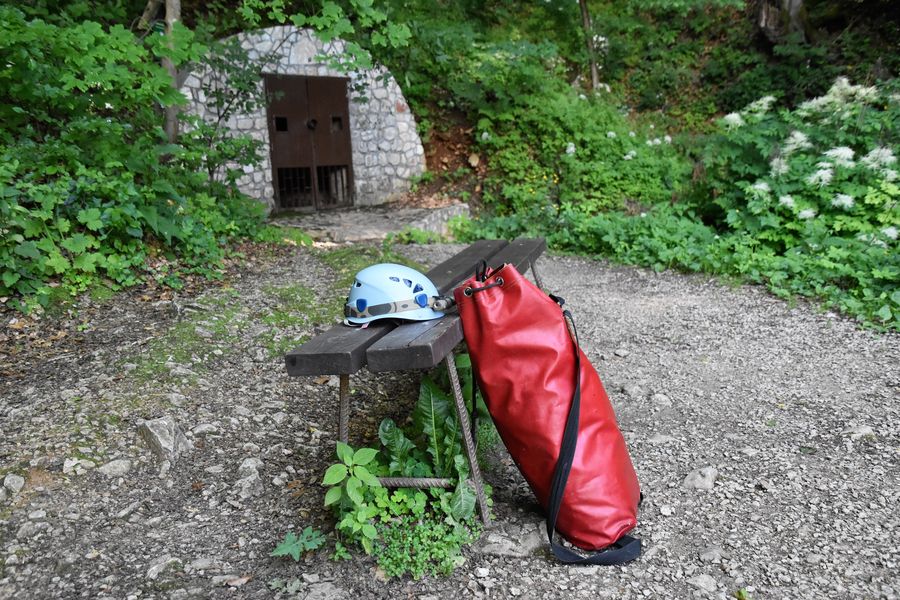
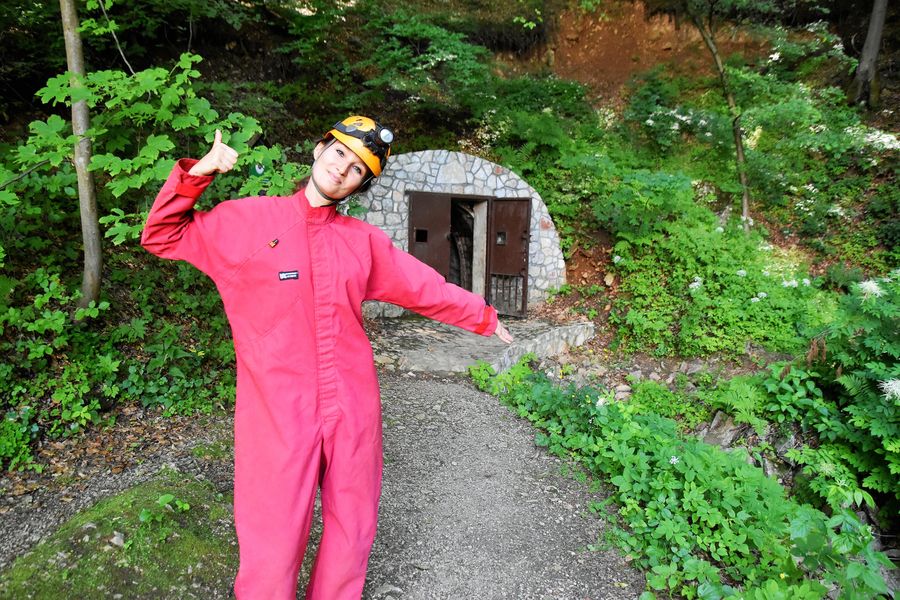


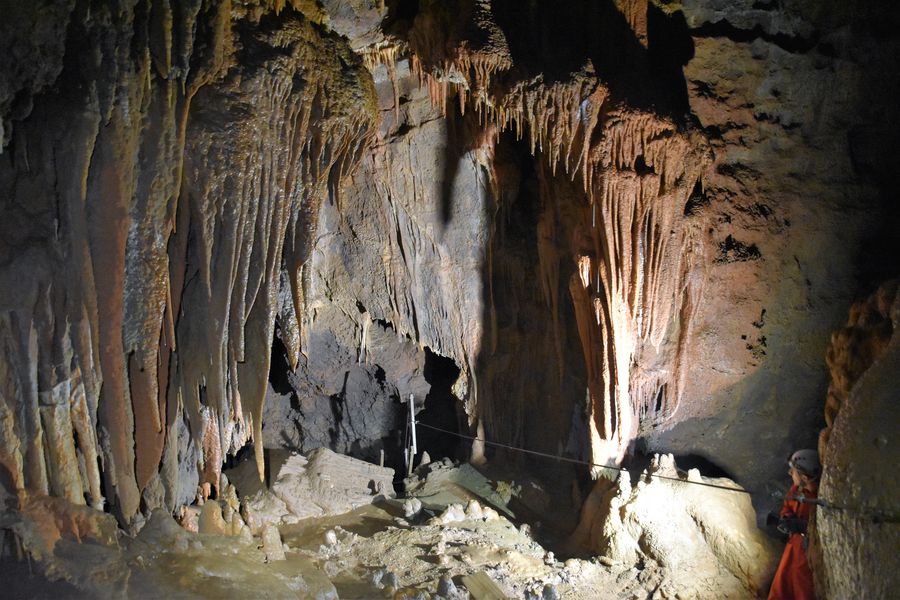
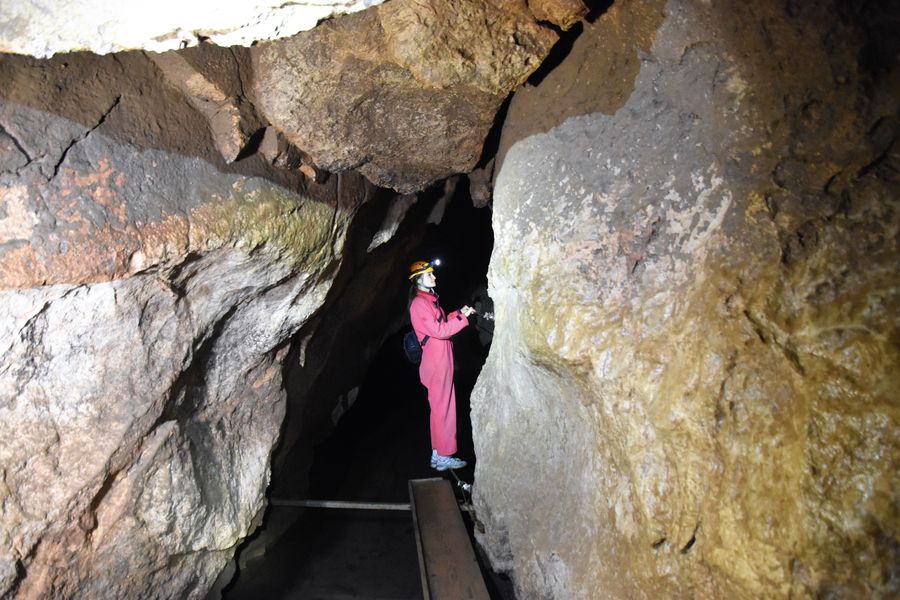
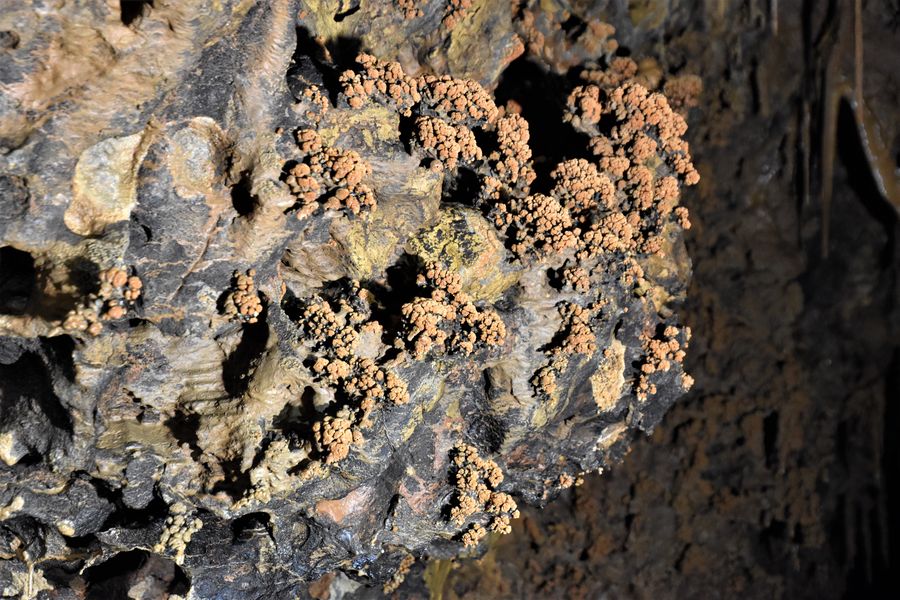
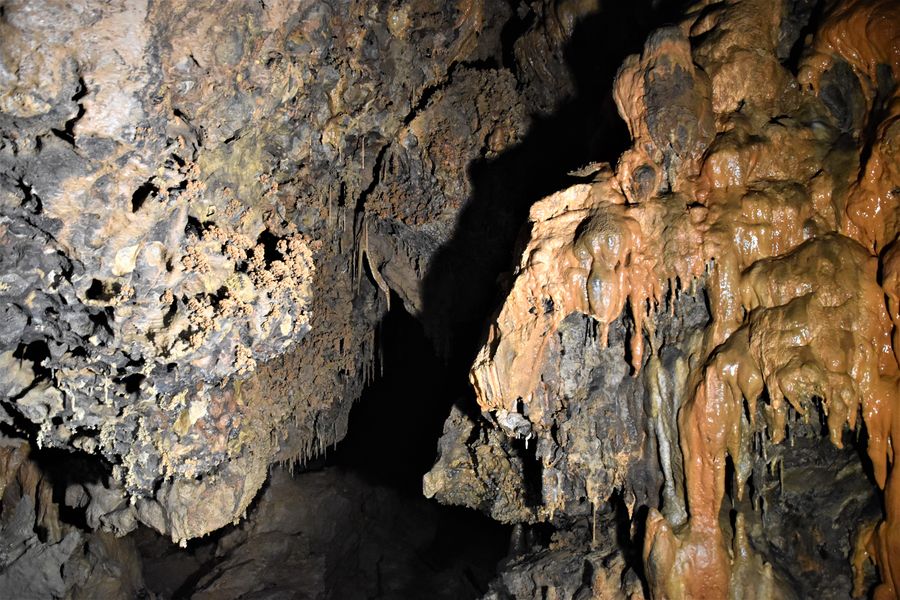
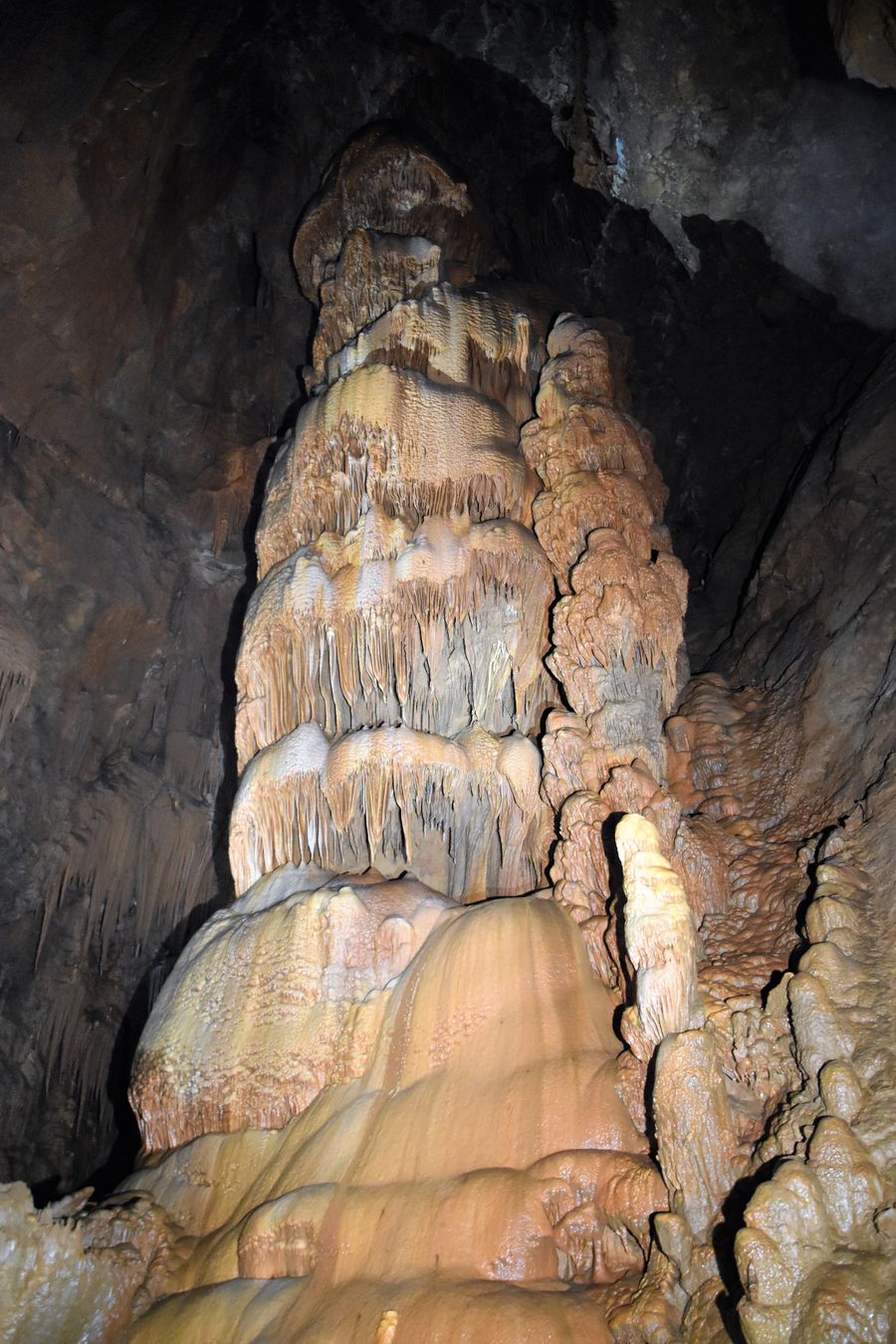
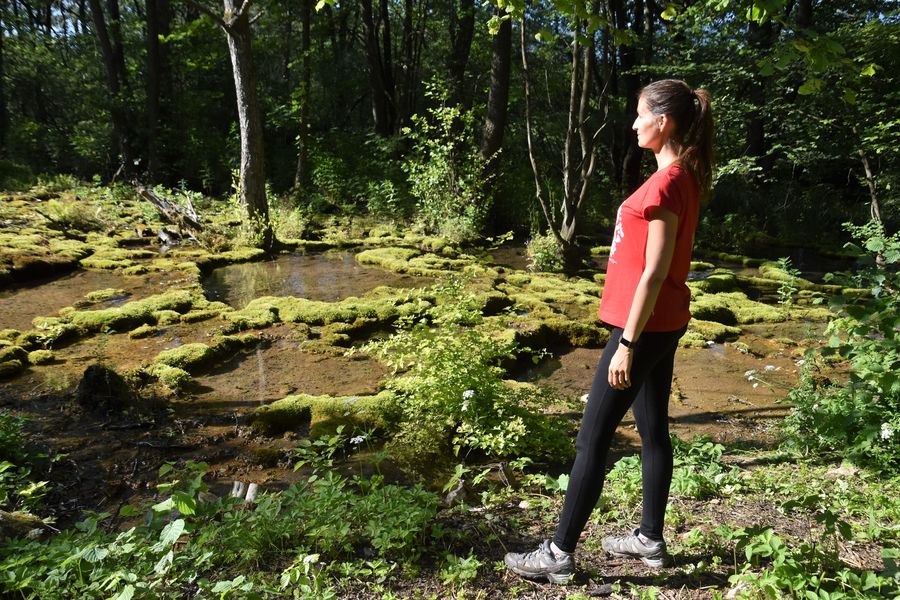
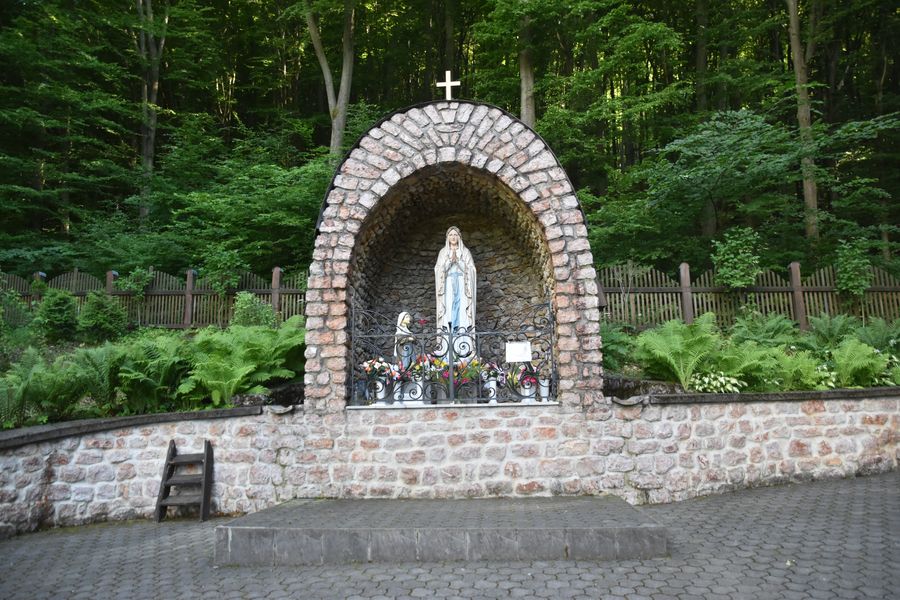
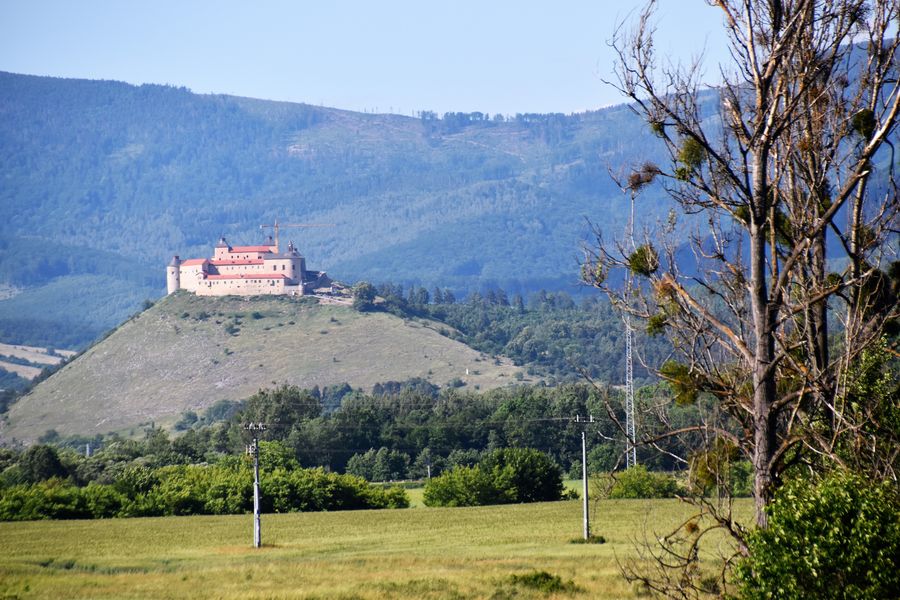
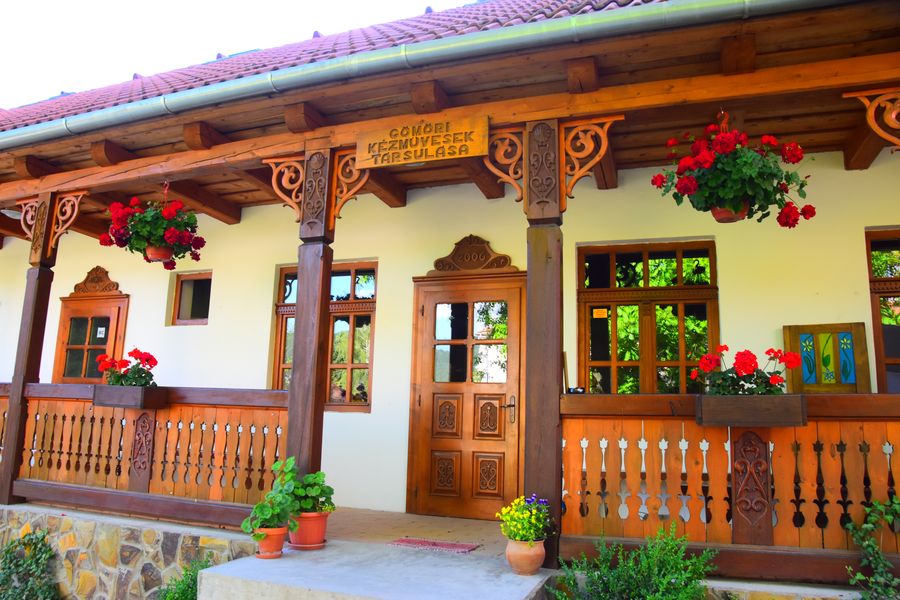

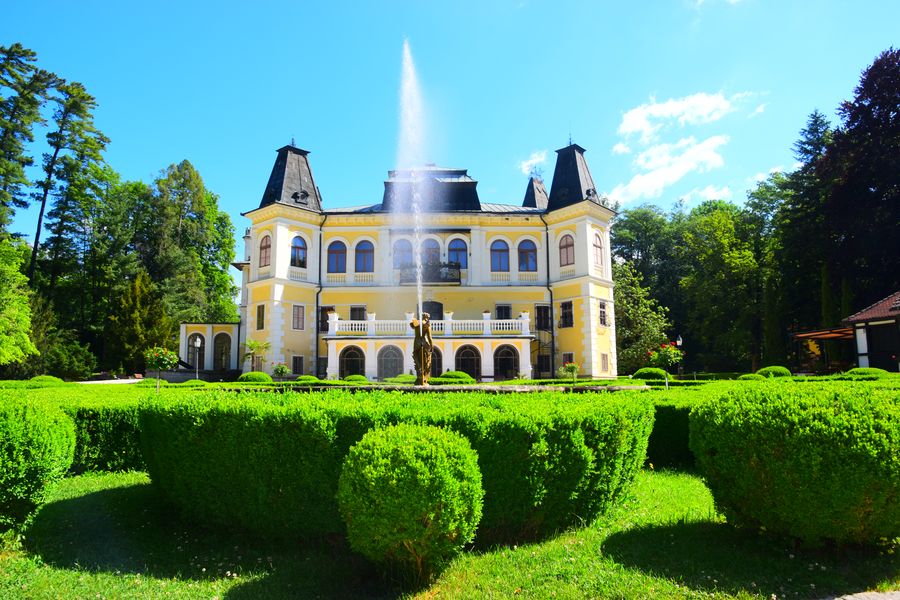
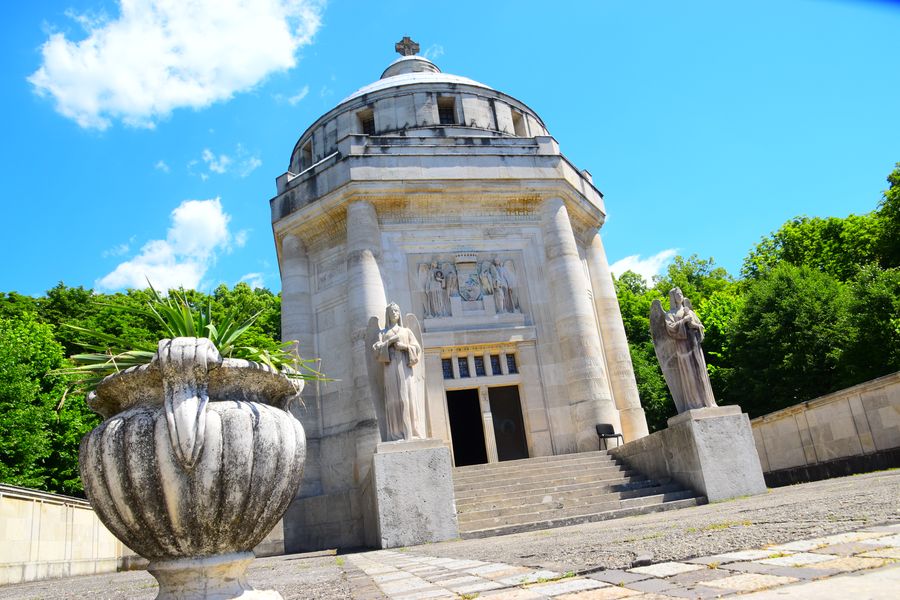

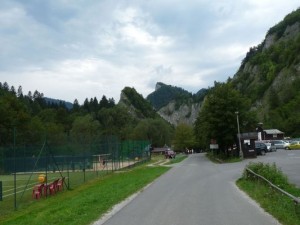

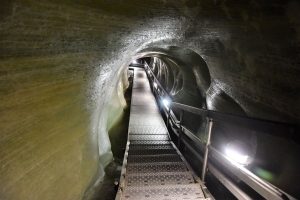
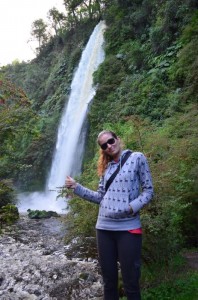
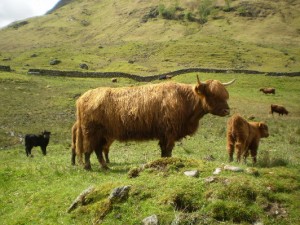
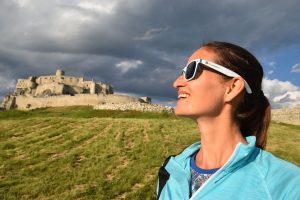
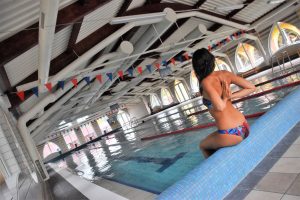
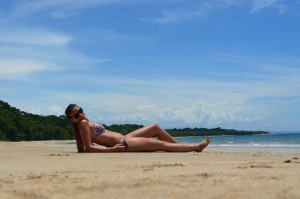
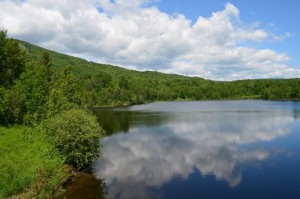
Coco makes me nuts
| #
Seems to be an amazing cave! As I read the article I thought “would be nice to see a video of it!” – And then I scrolled down and … Yes! A video of it :D I also really like that you named nice spots close to the cave, which are worth visiting :) Pekny pozdrav: Marius alias Gee
Alexandra Kovacova
| #
haha the name you wrote! I was sure it was you :D thanks so much :)
Coco makes me nuts
| #
I laughed out loud as that name came through my mind :D Nice that it made you laugh, too :)
Alexandra Kovacova
| #
:D :D :D sure thing ;)
Martina
| #
Have been there for the first time few weeks ago and it was really awesome.
Alexandra Kovacova
| #
So happy to hea you liked it as well :) Very unexpected experience, right?
Mahi
| #
Awesome photographs of this cave and it looks like an amazing experience :) Thanks for sharing this post.
Alexandra Kovacova
| #
My pleasure ;)